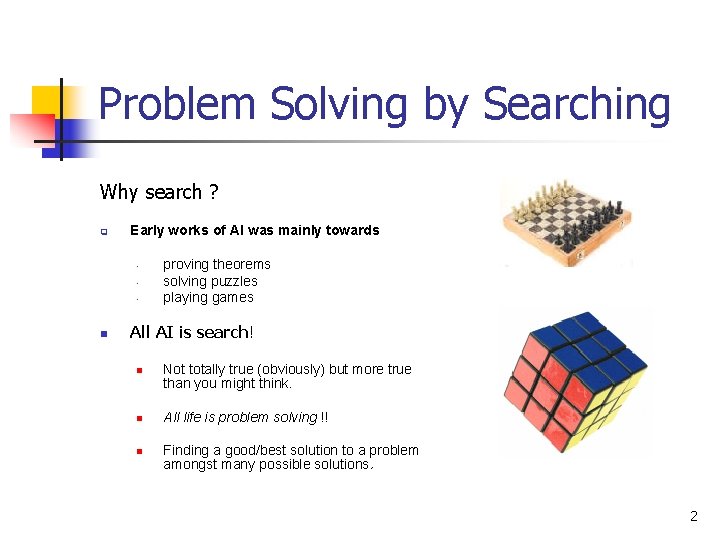
Hinton was the winner of a Merck sponsored competition. Thanks to data from Merck, Hinton was able predict the chemical structure for thousands of molecules using deep learning. Deep learning has been widely used, including for law enforcement and marketing. Let's have a look at the main events in the development of deep learning. It all started in 1996 when Hinton discovered the concept of a 'billion neurons' neural network, which is a million times larger than the human visual cortex.
Backpropagation
Using the backpropagation algorithm in deep learning is a great way to compute partial derivatives of the underlying expression in a single pass. The backpropagation algorithm uses a series if matrix multiplications to calculate the biases or weights for a given set inputs. It can be used to train, test and validate deep learning models.

Perceptron
The Perceptron has a long history dating back to 1958, the first time it was displayed at Cornell University. The 5-ton computer, weighing 5 tons, was fed punch cards until it learned to recognize left from right. The system's name comes from Munro’s talking cat. Rosenblatt was also awarded a Ph.D. in psychology at Cornell that same year. Rosenblatt was also part of his team. His graduate students worked on the Tobermoryperceptron which was intended to recognize speech. The Mark I perceptron for visual pattern identification was updated with the tobermory.
Memory that is short-term but long-lasting
LSTM Architecture uses the same principle as human memories: recurrently connecting blocks. These blocks are akin to the memory cells in digital computer chips. Input gates are used to perform read and/or write operations. LSTM's can be broken into multiple layers. In addition to recurrently connected blocks, LSTM also includes output gates and forget gates.
LSTM
The class of neural network LSTM is the LSTM. This type of neural network is most commonly used in computer vision applications. It is capable of working with many datasets. The network size and learning rate are just two of the hyperparameters it can adjust. A small network allows for easy calibration of the learning rate. This saves time when trying out different networks. LSTM can be a good choice for applications that need small networks and a slow learning rate.

GAN
2013 saw the debut of deep learning's first practical applications, including the ability classify images. Ian Goodfellow introduced Generative Adversarial Networks. This pits two neural networks against themselves. GAN aims to convince the opponent that the image is real while he finds flaws. The game goes on until the GAN tricks its opponent. Deep learning has now gained widespread acceptance in a variety of fields, including image-based product searches and efficient assembly-line inspection.
FAQ
Is Alexa an Artificial Intelligence?
The answer is yes. But not quite yet.
Alexa is a cloud-based voice service developed by Amazon. It allows users to interact with devices using their voice.
The Echo smart speaker was the first to release Alexa's technology. Since then, many companies have created their own versions using similar technologies.
These include Google Home as well as Apple's Siri and Microsoft Cortana.
What is the future role of AI?
The future of artificial intelligence (AI) lies not in building machines that are smarter than us but rather in creating systems that learn from experience and improve themselves over time.
Also, machines must learn to learn.
This would involve the creation of algorithms that could be taught to each other by using examples.
Also, we should consider designing our own learning algorithms.
The most important thing here is ensuring they're flexible enough to adapt to any situation.
AI: Good or bad?
AI is seen in both a positive and a negative light. It allows us to accomplish things more quickly than ever before, which is a positive aspect. No longer do we need to spend hours programming programs to perform tasks such word processing and spreadsheets. Instead, instead we ask our computers how to do these tasks.
On the other side, many fear that AI could eventually replace humans. Many people believe that robots will become more intelligent than their creators. This means that they may start taking over jobs.
Statistics
- While all of it is still what seems like a far way off, the future of this technology presents a Catch-22, able to solve the world's problems and likely to power all the A.I. systems on earth, but also incredibly dangerous in the wrong hands. (forbes.com)
- In 2019, AI adoption among large companies increased by 47% compared to 2018, according to the latest Artificial IntelligenceIndex report. (marsner.com)
- A 2021 Pew Research survey revealed that 37 percent of respondents who are more concerned than excited about AI had concerns including job loss, privacy, and AI's potential to “surpass human skills.” (builtin.com)
- By using BrainBox AI, commercial buildings can reduce total energy costs by 25% and improves occupant comfort by 60%. (analyticsinsight.net)
- The company's AI team trained an image recognition model to 85 percent accuracy using billions of public Instagram photos tagged with hashtags. (builtin.com)
External Links
How To
How do I start using AI?
A way to make artificial intelligence work is to create an algorithm that learns through its mistakes. This can be used to improve your future decisions.
You could, for example, add a feature that suggests words to complete your sentence if you are writing a text message. It would use past messages to recommend similar phrases so you can choose.
The system would need to be trained first to ensure it understands what you mean when it asks you to write.
You can even create a chatbot to respond to your questions. For example, you might ask, "what time does my flight leave?" The bot will reply, "the next one leaves at 8 am".
Take a look at this guide to learn how to start machine learning.